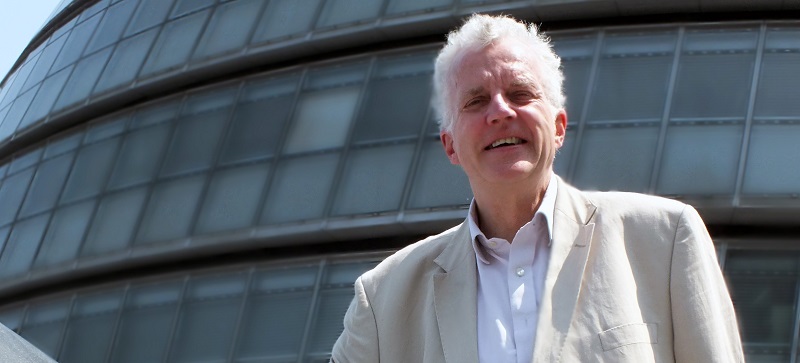There is much talk of a north – south high speed rail link. The idea was mentioned rather half heartedly in Labour’s election manifesto and now a new non-profit organisation, with the utterly naff name of Green Gauge 21 (geddit?), has been set up to put some flesh on the bones of the idea. It has the backing of various well-known rail figures such as Chris Green, most recently of Virgin, Lord Faulkner and Jim Steer, late of the Strategic Rail Authority who has returned to his consultancy, Steer Davies Gleave.
Moreover, the Eddington report on Britain’s transport infrastructure needs, produced by the ex chief executive of British Airways, is due to report soon and every indication is that a recommendation for a high speed line, possibly powered with a new technology such as Maglev, will be its centrepiece..
I would love to see such a rail line being built as it would open up Britain in a way that the motorways did but with the advantage that travel would be at 186 MPH rather than 70 MPH.
But this is not an auspicious time for putting forward such a scheme. The sponsors of the idea hope that it will be built, at least in part, with private sector money but there is no record of the private sector being able to carry out such projects profitably. The cost can, conservatively, be put at around 30 billion pounds, depending on just how far into London and other big cities the line will go (the last couple of miles into a big city can cost almost as much as the rest of the line!) Just look down the road and see what is happening at the Channel for this is the year that Eurotunnel will go bust – or at least be forced to allow the banks to take over. This was built, remember, entirely with private capital. There was no subsidy apart from the fact that the railways were required to pay a minimum usage charge which turned out to be far too high as it bought many train paths that have never been used.
By now there were supposed to be 50 freight trains per day going through the tunnel but according to Tony Berkeley, of the Rail Freight Group, it is a good day when five use the Tunnel. There are various reasons for this, notably the poor service offered by SNCF and other national railways, but the key point is that the minimum usage agreement runs out in November, putting further financial pressure on Eurotunnel which already has debts of 6.4 billion pounds. If that is not the coup de grâce, next January the company is supposed to start paying back some of its debt, and that will surely tip it over the edge.
The trains will keep running as the company makes an operational profit and, in any case, the governments would not allow Eurostar to collapse, but the company will go bust. The demise of this privately funded scheme will not exactly be a great encouragement for those hoping to obtain funding for a North South line. The fact that Eurotunnel may have saved a lot of taxpayers’ money in the short term by being built privately but in the longer term it has highlighted the fact that private funding of infrastructure is rarely a good investment.
At a conference I attended late last month, the speaker from the Belgian transport ministry reckoned that the only two profitable infrastructure investments on the railways were when they were first built and had not competition, and Railtrack’s brief period of sweating the assets. It is a truism that railway infrastructure does not pay for itself, and if supporters think that Gordon Brown is keen on spending huge amounts on such a scheme, whether he is Chancellor or Prime Minister at the time, they can dream on.
